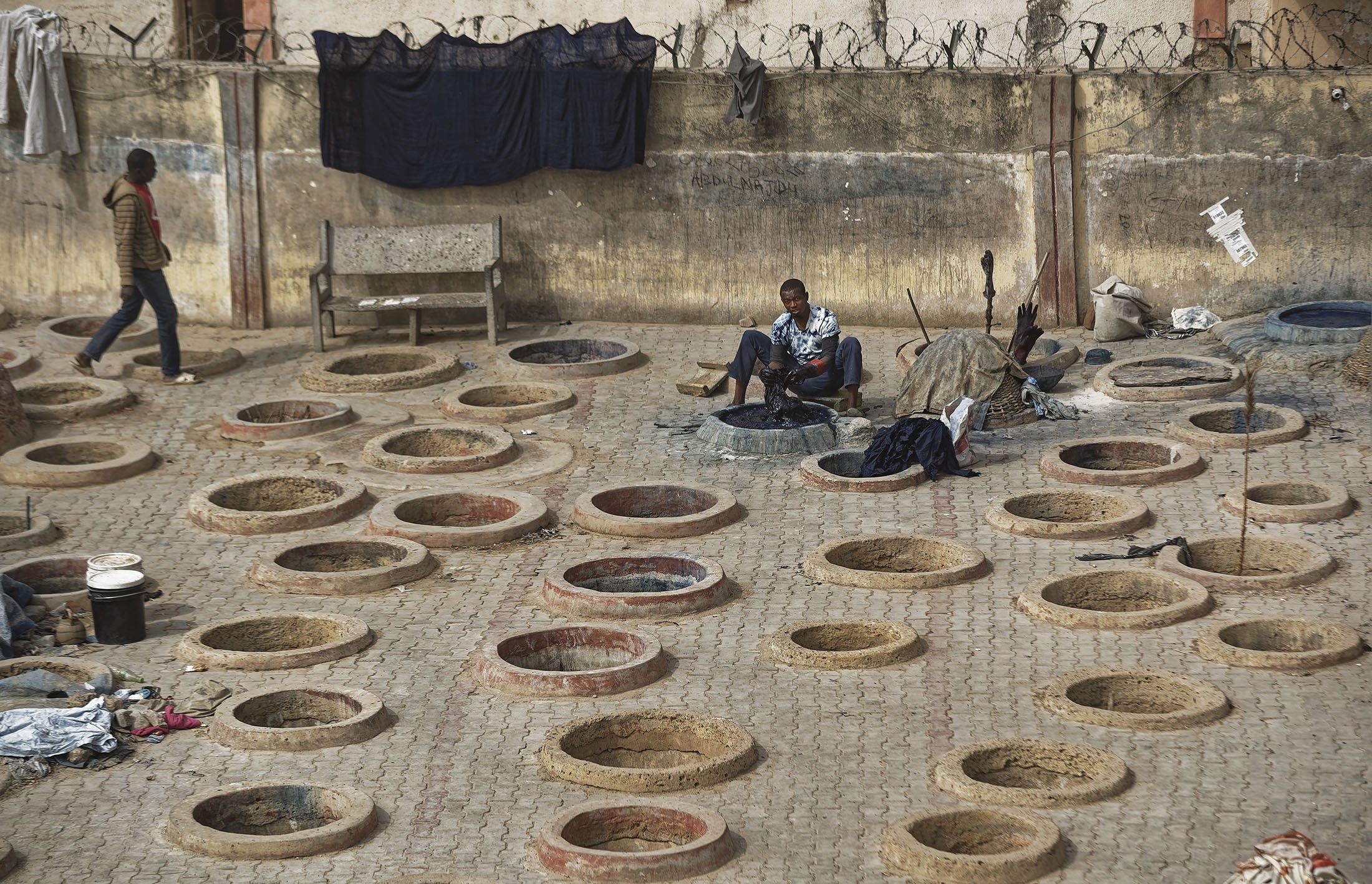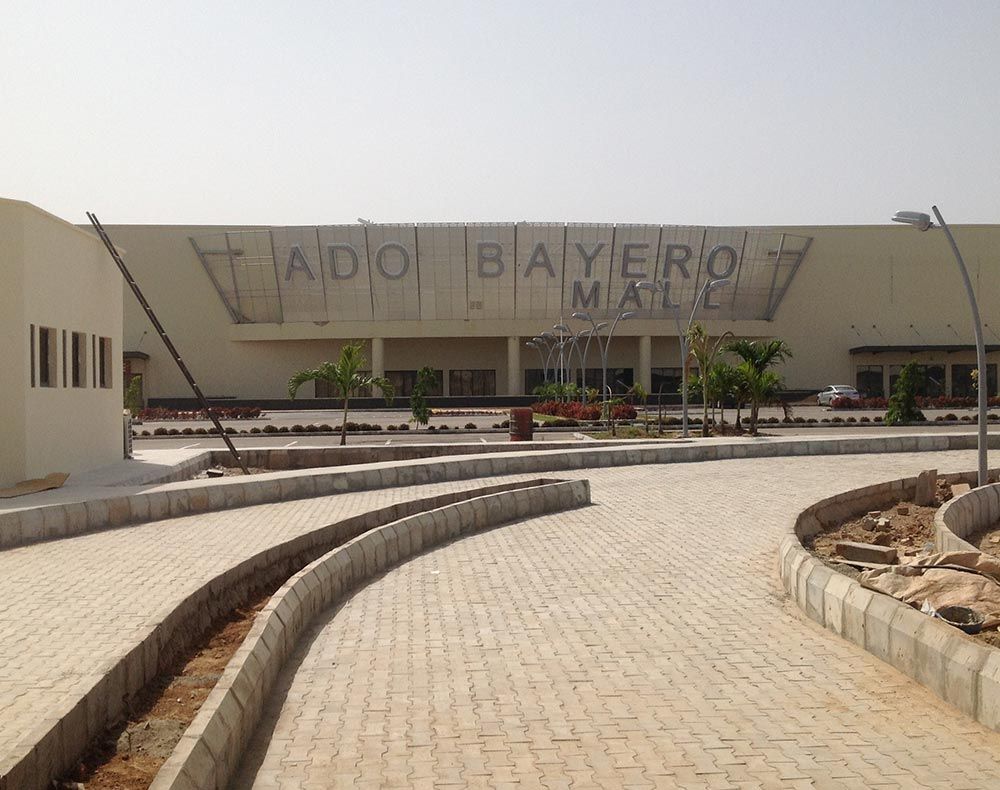
Visiting Kano? See 9 places you can visit
Related post


Are you going to Kano this weekend and don’t know how to have all the fun you want? We are here to help you. Kano is an ancient city. So, apart from the fact that the city has many ancient structures and historical monuments, it has hangout spots to have the best experience for your travel journal.
But remember, Kano has its own laws. Don’t go overboard.
See also: 10 Hangout places in Lagos – you should visit
See 9 places to visit in Kano:
- Dala Hill
- Gidan Makama Museum
- Ado Bayero Mall
- Audu Bako Zoological Garden
- Murtala Mohammed Library Complex
- Gidan Dan Hausa
- Emir’s Palace
- Kano City Wall
- Kofar Mata Dyeing Pits
Dala Hill

Dalla Hill – also spelled Dala – is a 534 metres (1,753 ft) high hill that contains a stairway with 999 steps and is a crucial part of the history of Kano. The hill used to be the site of a community engaged in iron-working. It was called the Tsumburbura shrine from 700 CE until the credo’s collapse due to Islamic dominance later in the 13th century. Kano was originally known as Dala, after the hill.
Gidan Makama Museum
The Gidan Makama Museum – Kano Museum – served as temporary palace of Kano before the current palace, Gidan Rumfa, was constructed in the 15th century. The museum houses a collections of arts, crafts and items of historic interest related to Kano. Located in a 15th-century historical building recognised as a National Monument by the Federal Government, the museum is divided into 11 galleries, each with their own centre of focus. Galleries include the Zaure or the main entrance hall with displays of traditional materials, city walls and maps of Kano, the history of statehood, Kano in the 19th century, the Civil War, economy, industry and music. The museum also has an open space for stage performance for the Koroso dance and drama group.
Ado Bayero Mall
Ado Bayero Mall is the first ultra-modern shopping mall in Northern Nigeria in Kano and is named after the city’s longest-serving Monarch, His Royal Highness Alhaji (Dr). Ado Bayero. Located in a neighborhood defined by a well-balanced mix of commercial and residential properties, the mall is located near major access roads such as the Zaria –Maiduguri Highways and adjacent to significant landmarks such as Kano Trade Fair Complex and the historic Kano Zoo. The mall houses two major international shopping retailers (Shoprite & Game), the largest and modern indoor multi-screen cinema (Film House Cinemas), and a broad range of other offerings, including restaurants, media stores, and an indoor play area for young children.
Audu Bako Zoological Garden

Audu Bako Zoological Garden – Audu Bako Zoo – is a Zoological Garden in Kano with over 70 species (different kinds of animals). You could spend the time here seeing the animals or have a picnic. Remember to go with a camera, so you capture all the amazing moments.
Murtala Mohammed Library Complex

The Murtala Mohammed Library Complex is the official State Government-owned Library. The Library is named after the late General Murtala Mohammed and houses other educational facilities aside from the library services. It has the American Corner, a project of the American government and its embassy meant to support and promote education and help those seeking admission and scholarship in America with the correct information. The library has a section for lectures and tutorials for the Institute of Chartered Accountants (ICAN), a National Teachers Institute wing/section, and an ICT section equipped with computers to conduct computer-based tests (CBT).
Gidan Dan Hausa

Gidan Dan Hausa – Son of Hausa residence – played an essential role in the modernisation of Northern Nigeria. Gidan Dan Hausa is more than 250 years old and was initially owned by a local chief responsible for managing the Emir’s farmland. As Kano’s first colonial residency, it was here that the English language was first taught by Hanns Vischer, a British Educational Officer who was its first British resident in 1908. He taught all the young princes of the Kano Emirate how to speak and write in English and was given the traditional title Dan Hausa, meaning ‘Son of Hausa.’ Sometimes referred to as Kano Museum, this is a major tourist attraction given its historical importance regarding Western education in the North.
Emir’s Palace

The Gidan Rumfa, or Gidan Sarki (“Emir’s house”), is the palace of the Emir of Kano, constructed in the late 15th century. Since the reign of Rumfa, it has continuously been the residence of the traditional authority in Kano and was retained by the Fulani jihadists who took over traditional authority in Kano in the early 19th century. The building extends to the reach of the town and also led to the establishment of the Kurmi market.
Kano City Wall

The Ancient Kano City Walls (Hausa: Kofar Na’isa) were built as a defensive wall to protect the inhabitants of the ancient city of Kano. The wall was initially built from 1095 through 1134 and completed in the 14th century. The Ancient Kano City Walls were described as the most impressive monument in West Africa. The Ancient Kano City Walls are made up of Dala Hill where it was founded, Kurmi Market and the Emir’s Palace.
Kofar Mata Dyeing Pits

Founded in 1498, the Kofar Mata Dye Pits located in Kano are said to be the oldest in Africa and the last of their kind – also have become the emblem of the age-old dyeing tradition in Northern Nigeria. . In its prime, Kano had about 270 dye pits and the indigo dyed cotton was famous in the trans – Saharan trade. Many travelled from far and wide to buy this dyed fabric and it was the backbone of the states economy.


